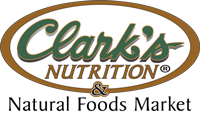Gluten Free
What does following a gluten-free diet mean? That you're embarking on an easy diet with a wide range of health-promoting effects. Instead of dwelling on what you’re giving up, consider that you’re going to enjoy a whole new world of delicious food options to meet your special dietary needs. You’ll be eating seasonally, choosing more fresh fruits and vegetables, focusing on meats, seafood, poultry, legumes, lentils, corn, and rice, and discovering fascinating ancient grains such as quinoa, amaranth, and millet. You’ll be able to eat potatoes, eggs, most cheeses, even chocolate (!)—and enjoy them without guilt because you’ll be taking good care of your body. In fact, you’ll probably end up eating—and feeling—better than ever!
Visit this page for more information about living Gluten Free
---
We carry a large variety of gluten free items, the brands listed below represent just some of the offerings we carry


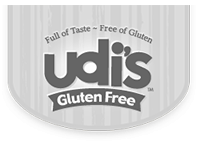



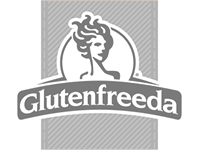
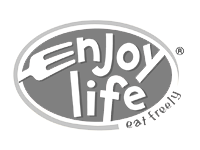
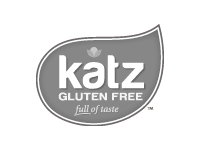




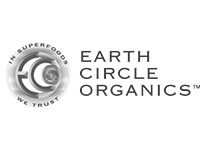

More Diets
American Diet Linked to Nutrient Deficiency and Disease
The standard American diet, also known as SAD, has been linked to nutrient deficiency, chronic disease, and obesity. SAD is characterized by high amounts of refined carbohydrates and refined sugar, and not enough fruits and vegetables. The Greatist points to several studies that show why upping the intake of some nutrients could benefit many Americans. They point to these important nutrients as being critical to increasing our overall nutrional health: potassium, fiber, calcium, vitamin D, and iron. Increasing these nutrients may reduce the risk of high blood pressure (potassium), diabetes (fiber), osteoporosis (calcium), heart disease (vitamin D), and fatigue (iron).
Source: Greatist
Copyright © 2025 TraceGains, Inc. All rights reserved.

